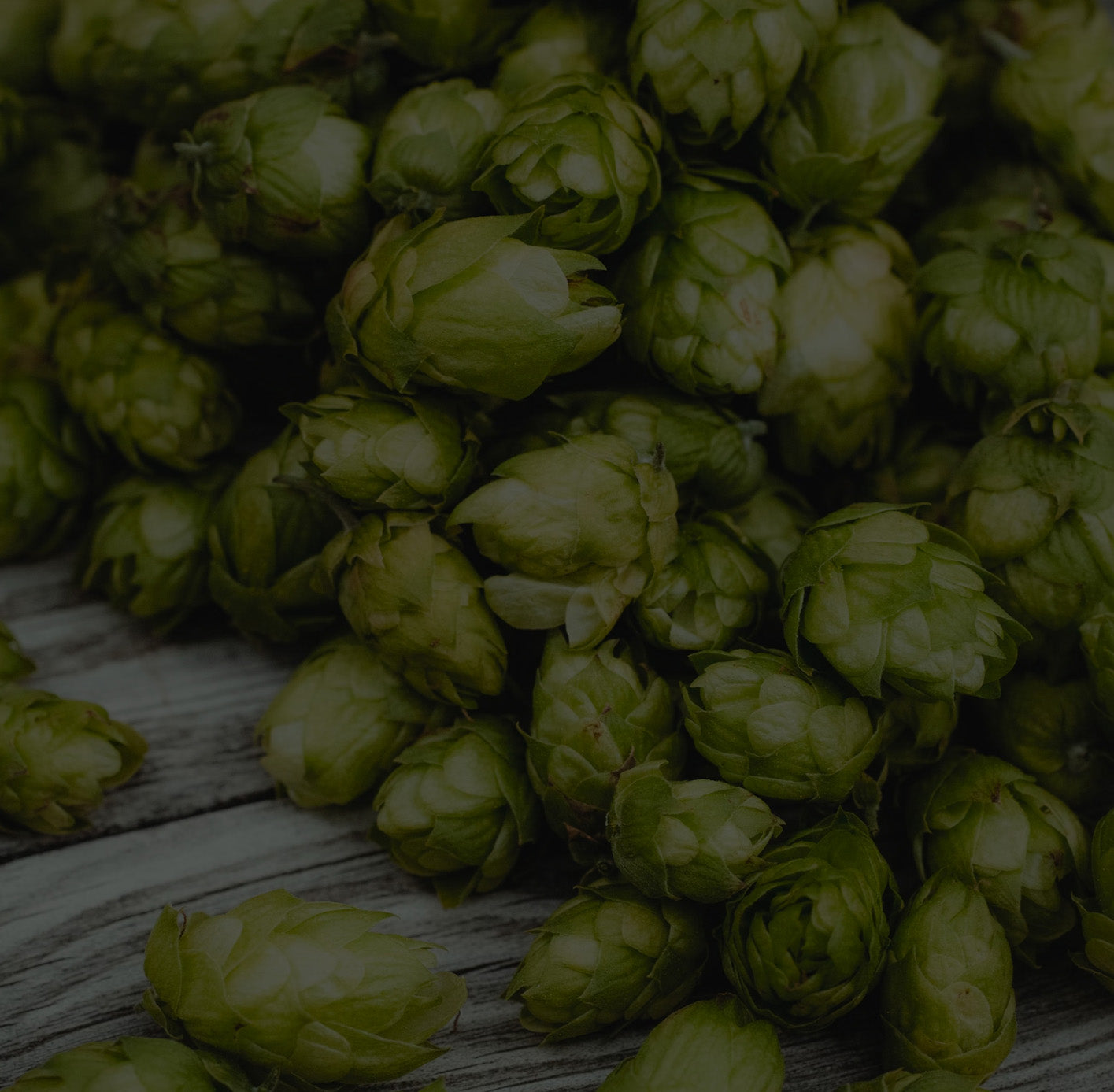 Knowing how to make a yeast starter is an extremely important process for every homebrewer to know. Yeast starters are essential when making high ABV beers and can save you a lot of money while doing your favorite hobby. In this tutorial, we’re making a yeast starter so we can reuse wild yeast that we harvested, washed, and saved. Make sure to read our previous article about How To Harvest and Wash Yeast if you’re curious how to do that.
Knowing how to make a yeast starter is an extremely important process for every homebrewer to know. Yeast starters are essential when making high ABV beers and can save you a lot of money while doing your favorite hobby. In this tutorial, we’re making a yeast starter so we can reuse wild yeast that we harvested, washed, and saved. Make sure to read our previous article about How To Harvest and Wash Yeast if you’re curious how to do that.
Full Video Tutorial
Here is a video tutorial that illustrates the steps listed below
Items Needed
- Erlenmeyer Flask
- Dry Malt Extract
- Star San or similar food-grade sanitizer
- Washed or packaged yeast
- Funnel
- Tin Foil - or similar product that can be used to cover the opening of an Erlenmeyer Flask
- Stir Plate - not required but good to have
Follow These Steps
1. Start with 2 liters of water in a pot

2. Weigh out 200 grams of Dry Malt Extract and stir it in with the 2 liters of water


Stir the solution well to ensure that all your DME is incorporated and that nothing will be scorched on the bottom
3. Place your pot on a stovetop and boil it for 10 -15 minutes

A low boil will be sufficient
4. After boiling, pour the contents of your pot into an Erlenmeyer flask using a funnel - make sure the flask and funnel have been sanitized with Star San


5. Cover the flask with sanitized tin foil and place it in a tub of cold water to cool your solution down to 70° F (21.1° C) - we just filled our kitchen sink up and cooled it down there


We use a liquid crystal thermometer to measure the temperature of our flask
6. Once your flask is cooled, take your washed yeast and decant most of the liquid off of the top. Leave about ¼ of the liquid behind - if you’re making a starter out of packaged yeast, skip steps 6-9 and just put your yeast into the flask

The thin white layer on the bottom is the yeast we want to use

Make sure not to disturb your washed yeast while decanting - keep it settled on the bottom

7. Swirl your jar around in order to incorporate all the settled yeast into the remaining liquid - make sure nothing is stuck to the bottom
8. Place your flask onto a stir plate and insert a stir bar


Make sure your stir bar is sanitized - just like everything else
9. Pour the contents of your jar into the flask, turn the stir plate on, and wait 36 - 48 hours. If you do not have a stir plate, shake your flask well after pitching the yeast in order to aerate it


10. After 36-48 hours your yeast starter will be ready to pitch - watch us use it in the brew day video below






Leave a comment